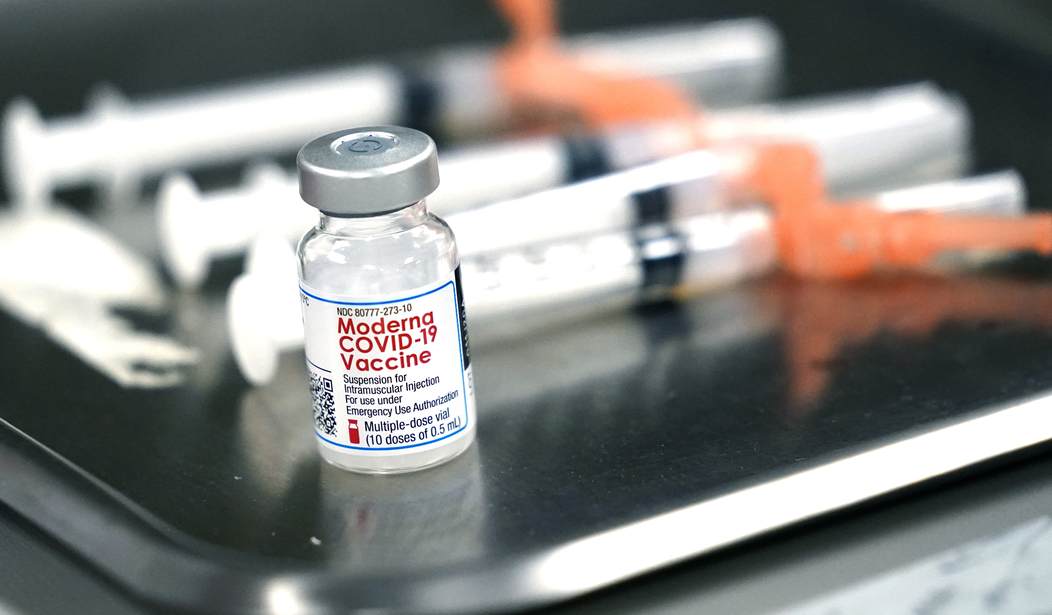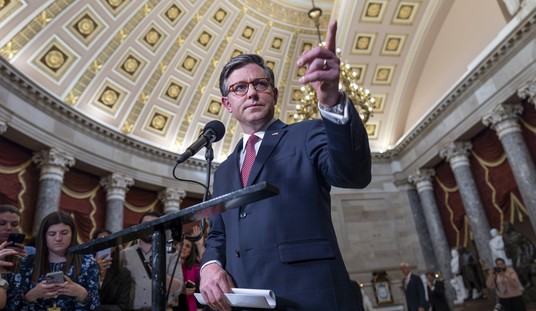While the press pretends they have the highest standard, The Washington Post behaves in exactly the manner they screech about.
With all of the enraged COVID criticisms raising to a boil last week regarding Joe Rogan, Neil Young, and Spotify, one thing was rather blatant. There was every opportunity to level the charge at Rogan for delivering “misinformation”, but note the abject lack of detailed explanation that followed the charge. It was simply taken as a fact that Rogan does nothing but deliver false intel on the virus and vaccines.
So while the effort to prove his dangerous positions was absent, the accusations hold as fact. But here is where the reveal comes into play – at the very same time, we have a major news outlet shown to traffic in COVID misinformation. It needs to be labeled as something other than “ironic.” These are the information gatekeepers (by their own labeling) and yet they see no need to be held to the same standard they foist on others.
Let us begin with a Washington Post summation of the Spotify fracas. In a rundown on the controversy from their tech section, the paper likens Spotify with social media platforms which are also coming under harsh scrutiny over COVID content. Glossing over the fact that the press outlets which constantly preach we follow medical professionals on the subject are following the lead of a decrepit rock musician, look at this assessment of last week’s controversy.
New: Spotify is now facing the same reckoning on misinformation that has long focused on social media sites like Facebook, highlighting how the public debate about how misinfo spreads is evolving https://t.co/AysNGo9KMy
— Cristiano Lima (@viaCristiano) January 31, 2022
Hold that thought for now, and next let’s peer over a recent article from the same paper. On Friday, as the whole Neil Young/Spotify story crested, WaPo put out a COVID report, one concerning the issues of positive test spikes in regional areas. It appears to be a rather straightforward report, with decent sourcing. Yet, here is the problem. In August, the paper looked over this very same statement and it took the position that this was incorrect, and the source delivering it was misleading the public.
In Florida, the state was encountering a serious increase in residents testing positive. Governor Ron DeSantis explained this was the result of an expected seasonal surge in cases. One could point to the fact that later, when other parts of the country were going through similar types of surges, Florida’s case rate and deaths plummeted to near the bottom of states in the country. Yet, while this appears to be the very definition of a seasonal activity, the Washington Post said otherwise. “It’s not just a summer thing,” Jason Salemi, an epidemiologist at the University of South Florida’s College of Public Health, told The Washington Post.
Now, here we are, well behind the Florida surge in cases, and suddenly things have shifted dramatically. It seems rather revealing that while Florida always garners national media attention during negative news cycles with the virus, there is little-to-no recognition when it falls to the bottom of state lists. And with other states experiencing the same type of increases, suddenly the rational seasonal explanation is accepted as sound science. Take a look at the two positions on the matter regarding Florida, then other areas of the country.
DeSantis in August:
“This is our covid season,” the Republican governor told reporters last week. DeSantis has argued that the recent record-breaking rise in new coronavirus cases and hospitalizations was unavoidable as temperatures rise and more people gather indoors, denying that easing restrictions and an uptick in tourism led to the surge.
Now measure that statement against the Post on Friday, detailing nearly the exact same reality.
Covid-19 transmission may have seasonal spikes tied to temperature and humidity, increasing at different times of the year for different locations, a new study in the American Journal of Tropical Medicine and Hygiene suggests.
Colder regions, such as the U.S. Northeast, may experience more cases during winter, while warmer regions, such as the southern United States, may see higher transmissions in the summer. More-temperate zones could experience two seasonal peaks.
Okay Washington Post, where is your reckoning? The obvious question becomes, when was the Washington Post delivering misinformation – in the Fall? Or this past Friday? August in Florida is essentially when you see the highest temperatures and humidity, just as the recent article stipulates. Then how is it that DeSantis was considered to be so wrong when he not only espoused the same data but also had anticipated the surge based on the previous year? This cannot be excused with the press learning new data, as the DeSantis statement made was based on both scientific data and empirical evidence.
This is the danger seen in the press these days. They maintain both what the narrative standard will be, and an inflexible approach to anything challenging their declared norm. Yet when the press blithely changes its position, it is done without much in the way of an admission of error, and it certainly is not going to involve recognizing anyone who gave those prior positions, declared wrong at the time, now becoming accepted.
These outlets should be called out when they engage in this very behavior. Since they are the self-declared curators of “the COVID truth” they wield influence over those who are arbitrarily deemed unfit to speak. Holding them accountable to their own standard is necessary.
https://twitter.com/DefiantLs/status/1487805463018315785?s=20&t=Uo4NCYcHrDZiL_E_T0agqQ














Join the conversation as a VIP Member